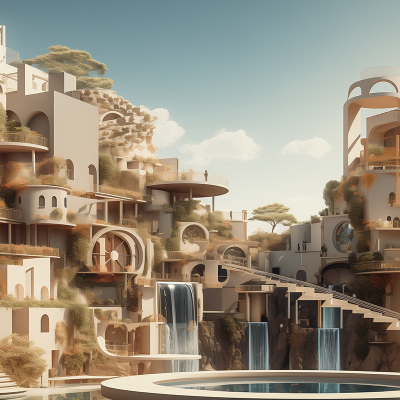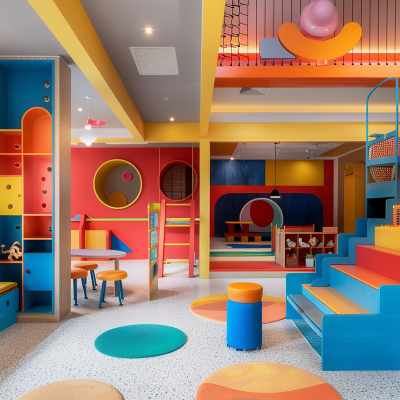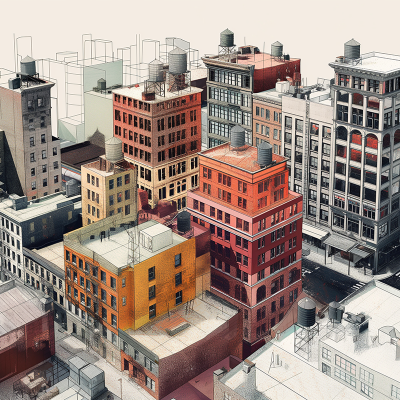Part 2 THE AI DEEP DIVE - Beyond Stereotypes to Authentic Design
2024.04.26

Welcome back to our ongoing series on the cutting edge of artificial intelligence’s applications and relevance in the architecture and design industry. See our previous post here.
In the evolving realm of AI in architecture, an uncharted territory lies in AI's nuanced understanding of architectural styles. This concept is similar to utilizing a language model for generating text in varied literature genres but for architectural work: imagine an AI tool drafting designs in traditional Norwegian, Japanese, or Mies Van der Rohe's styles. The potential for AI in crafting these stylistically diverse creations is vast, but the path to achieving this is met with a steep learning curve.
Currently, when AI is prompted with these style-based tasks, the output often borders on the stereotypical, if not outright culturally insensitive. The conception of "Japanese" style may be reduced to typical wooden structures and iconic roof types, while "Mediterranean" could be oversimplified with white walls and palm trees. "Modern" might translate to an impersonal blend of steel and cantilevers, and "Contemporary" might lead to an overuse of glass facades. Such interpretations miss the rich heritage and artistic depth inherent in these architectural traditions, reducing complex histories and philosophies to mere stylistic elements.
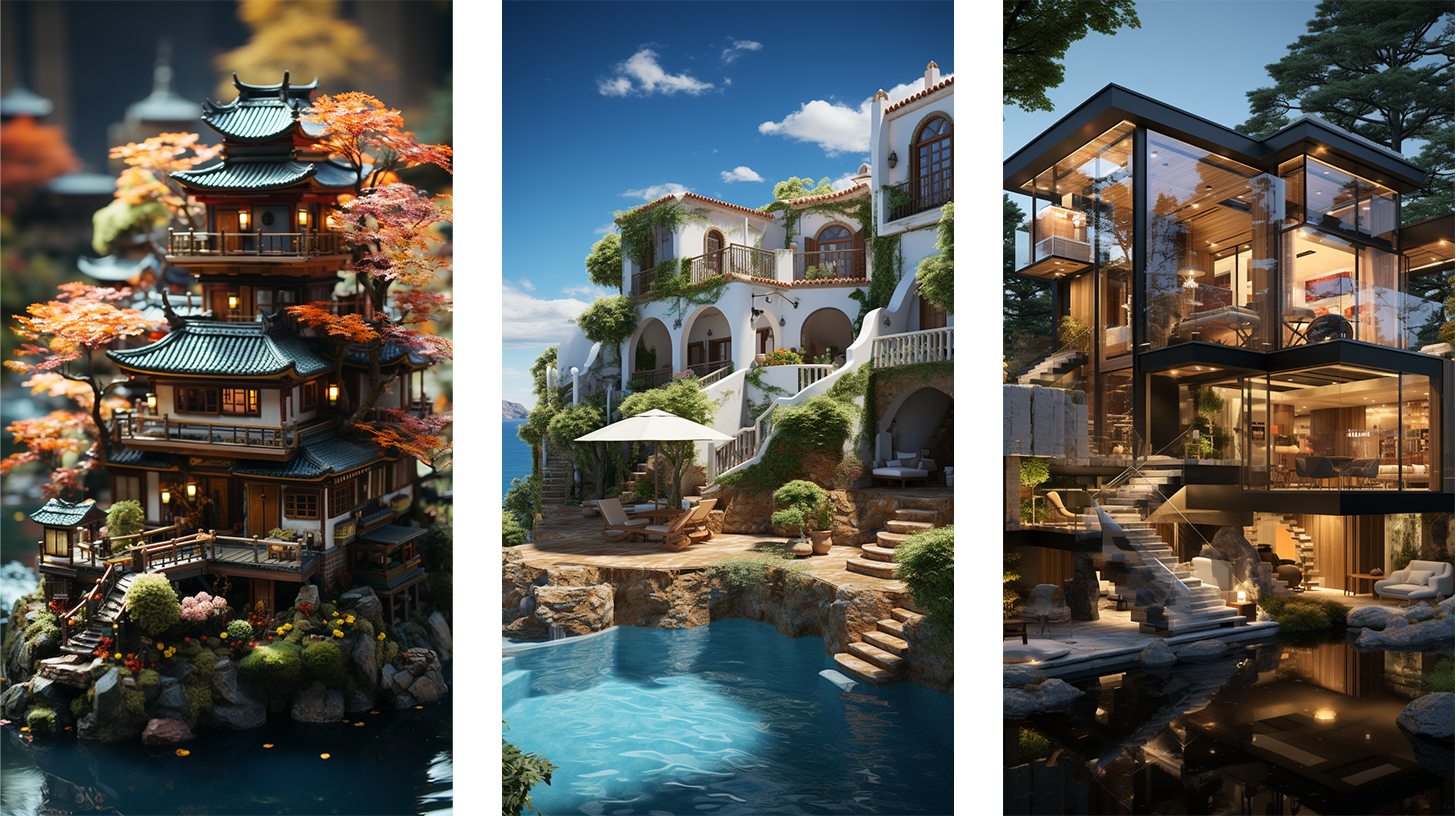
AI's interpretation of architectural styles often falls short, reducing rich cultural traditions to mere aesthetic elements.
This issue lies in the AI's current comprehension ability. Similar to how ChatGPT recognizes word patterns and connections from the text data it has analyzed, AI in architecture perceives styles based on learned stereotypes, recognizing only shapes and pixels. It "sees" syntax but doesn't grasp the essence behind these styles, much like it reads words but doesn’t understand the experiences or emotions they represent. This superficial processing leads to outputs that, while technically within the requested parameters, lack soul and authenticity.

As AI continues to evolve and refine its understanding of architectural sensibilities, there is hope for a future where it can capture the essence and depth of diverse design traditions. With ongoing advancements in machine learning and data quality, AI tools have the potential to transcend stereotypes and produce designs that resonate with the cultural and historical significance of each architectural style.
The problem lies in AI's superficial understanding. It recognizes patterns but lacks the depth to grasp the essence of architectural styles, resulting in outputs that lack soul and authenticity.
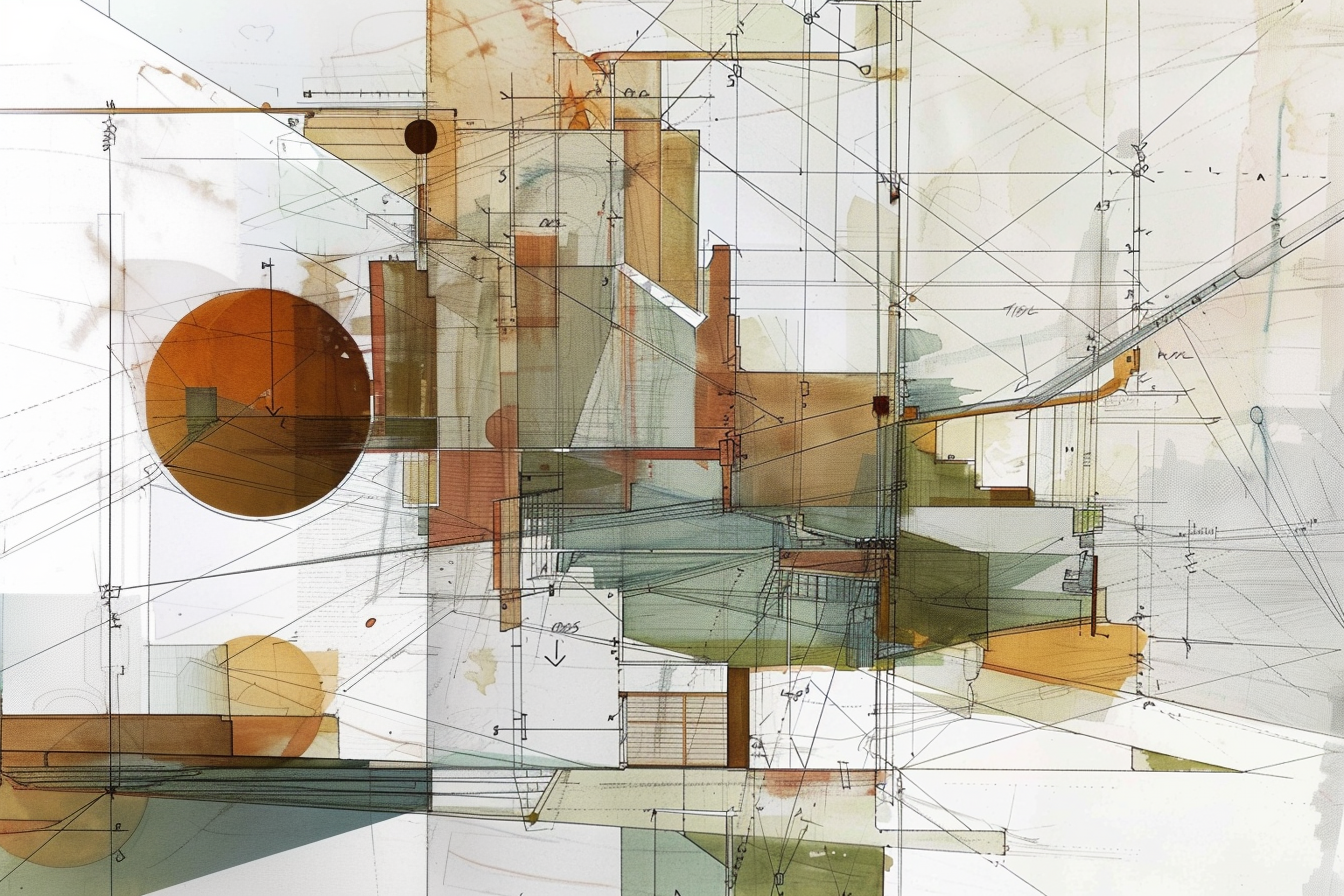
Looking ahead, we envision a landscape where AI not only recognizes the visual elements of architectural styles but also comprehends the underlying philosophies and narratives. By integrating cultural context and historical context into AI training data, we can empower these tools to generate designs that are not only technically accurate but also imbued with authenticity and soul. As we continue to push the boundaries of AI in architecture, we move closer to a future where creativity and technology harmonize to create spaces that inspire, enrich, and reflect the diverse tapestry of human experience.




